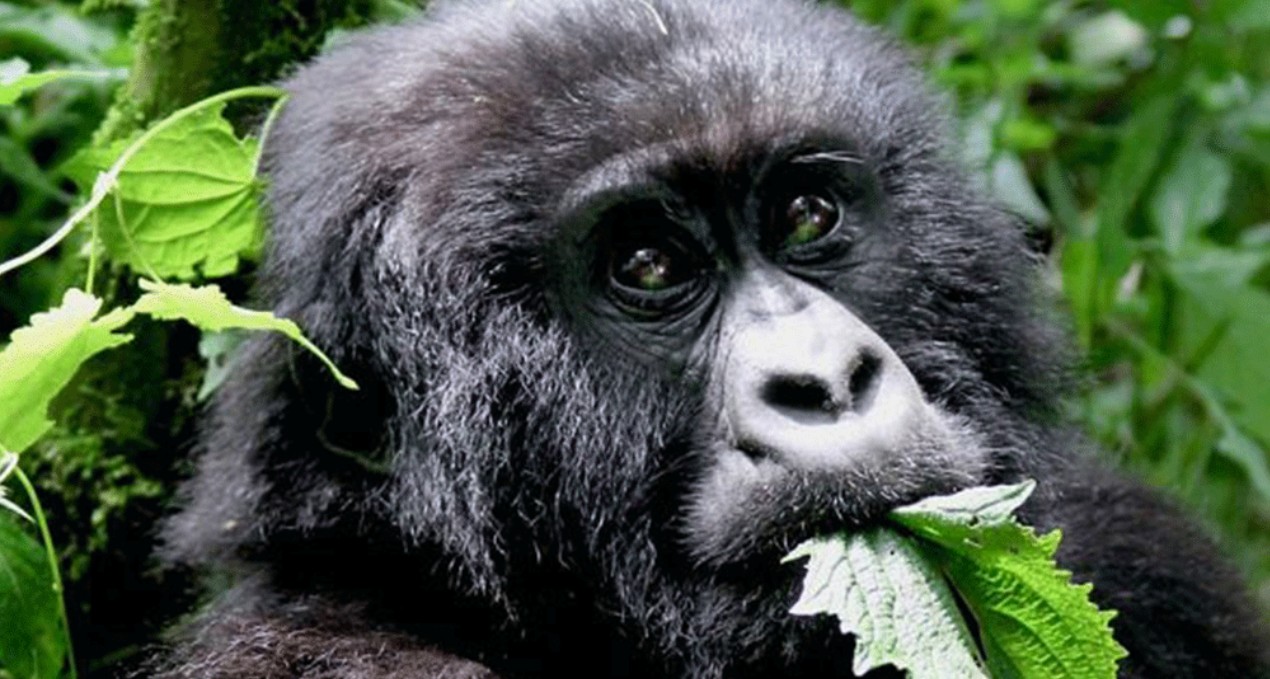
Uganda and Rwanda Travel Guide
Uganda and Rwanda Travel Guide offer travelers unique wildlife experiences, notably with rare mountain gorillas, alongside stunning landscapes and rich cultural diversity. Despite regional tensions, both countries prioritize safety and stability, attracting visitors with adventurous activities. Highlights include close encounters with mountain gorillas, chimpanzees, and various African big game mammals like lions and elephants. Key attractions are Bwindi Impenetrable National Park, Volcanoes National Park, and wildlife parks such as Murchison Falls and Akagera. Adventure seekers can enjoy gorilla and chimpanzee trekking, unique game viewing, and the Batwa Cultural experience, making these destinations exceptional for outdoor enthusiasts.
Why should you visit Uganda and Rwanda?
Uganda and Rwanda are more than just wildlife safaris and gorilla adventures; they offer diverse attractions for travelers. Uganda boasts rich birdlife, cultural diversity, scenic landscapes, historical sites, and activities at the Nile’s source. It is home to the “big five” and nearly half of the world’s mountain gorillas. In Rwanda, visitors can trek gorillas in Volcanoes National Park and Bwindi Impenetrable Forest and explore significant historical sites like the Rwanda Genocide Memorial Centre. Both countries provide easy access to a range of national parks and sites, ensuring a fulfilling travel experience.
Uganda and Rwanda Travel Guide adventure experiences
Wildlife safaris
Explore the wildlife protected areas in Rwanda and Uganda, featuring iconic species like the big five in Murchison Falls National Park and lions, elephants, buffaloes, rhinos, and leopards in Akagera National Park. Visitors can also see diverse wildlife, including giraffes, kobs, hippos, and numerous bird species, all while enjoying the stunning natural beauty of these parks.
Mountain gorillas
Following Uganda and Rwanda Travel Guide, Bwindi Impenetrable National Park in Uganda and Volcanoes National Park in Rwanda are key habitats for the endangered mountain gorillas, with nearly half of the global population residing in these regions. Sharing 98% of their DNA with humans, mountain gorillas attract many tourists, making gorilla trekking the primary activity in both parks.
Chimpanzees
The intelligent chimpanzees, sharing 98.6% of their DNA with humans, inhabit Rwanda and Uganda, particularly in Kibale National Park and Nyungwe Forest National Park. Visitors can observe them in their natural habitat, alongside other primate species such as blue monkeys, red-tailed monkeys, red colobus, and black and white colobus, as well as grey-cheeked mangabeys and olive baboons.
Explore Rwanda and Uganda’s wildlife protected areas, especially with members of the big five mammals such as lions, elephants, buffaloes, rhinos, and leopards in both Akagera National Park (Rwanda) and four members of the big five in Murchison Falls National Park. These national parks enable visitors to fully appreciate the natural beauty of flora and fauna and also explore abundant wildlife species such as giraffes, kobs, Jackson’s hartebeest, water bucks, hippos, jackals, spotted hyenas, and several bird species.
Cultural Encounters-Uganda and Rwanda Travel Guide
Rwanda and Uganda offer rich cultural tours that immerse tourists in their histories and identities. Key sites in Rwanda include the National Museum, Kigali Genocide Memorial, and cultural villages, where local dances like Intore are performed. Uganda features cultural insights into the Batwa pygmies and their unique traditions, along with various customs such as traditional music, cuisine, and architectural styles. Notably, Northern Uganda practices a child-cleansing ceremony to restore lost manhood. Tourists can enjoy local dishes from both countries, such as Rwandan brochettes and Ugandan luwombo.
Top adventure destinations-Uganda and Rwanda Travel Guide
Rwanda
Rwanda’s national parks attract tourists with varied activities such as game viewing, hiking, and trekking. Volcanoes National Park is the premier destination for gorilla trekking, featuring endangered mountain gorillas and diverse wildlife. Akagera National Park is home to rhinoceros, elephants, and lions. Gishwati Mukura National Park offers chimpanzee trekking and nature walks, while Nyungwe National Park is known for birdwatching and canopy walks.
Uganda
Uganda offers a diverse array of tourist attractions characterized by rich wildlife and stunning landscapes. Key highlights include Rwenzori National Park with its snow-capped peaks, Bwindi Impenetrable National Park for mountain gorillas, and Murchison Falls National Park featuring four of the big five. Other notable sites are Kibale National Park, famous for chimpanzees, as well as Lake Mburo, Kidepo Valley, Queen Elizabeth, Semliki, and Mount Elgon National Parks, each known for their unique biodiversity and natural beauty.
What is the best time to visit Uganda and Rwanda?
Uganda is a popular travel destination, especially for gorilla trekking during the dry seasons of January-February and June-September, although trekking is still possible in the wet seasons due to favorable conditions. Accommodations in Bwindi Impenetrable Forest offer hot water bottles, but nights can be chilly. Rwanda shares similar weather patterns, and both countries experience sunshine even in the rainy seasons. Travelers should consider their preferences: the wet season provides lush scenery but may present challenging hikes, while the dry season is ideal for outdoor activities.
What to carry for a safe safari to Uganda and Rwanda?
Following the Uganda and Rwanda Travel Guide, travelers preparing for African safaris should pack minimally, focusing on essential items. For gorilla safaris, important items include a first aid kit, gardening gloves, hiking shoes, a raincoat, a flashless camera, long-sleeved shirts or t-shirts, pants, a hat, insect repellent, a water bottle, and a rucksack.
Safety measures-Uganda and Rwanda Travel Guide
Considering Uganda and Rwanda Travel Guide, customers prioritize safety in tourism, making it crucial for the industry. Rwanda and Uganda are highlighted as some of the safest countries, known for their long-term stability. Uganda features accessible security and a vibrant urban atmosphere, while Rwanda is noted for its safe nighttime walking conditions. Travelers can enhance their safety by following precautions, being cautious in unfamiliar areas, and heeding warnings about places to avoid.
